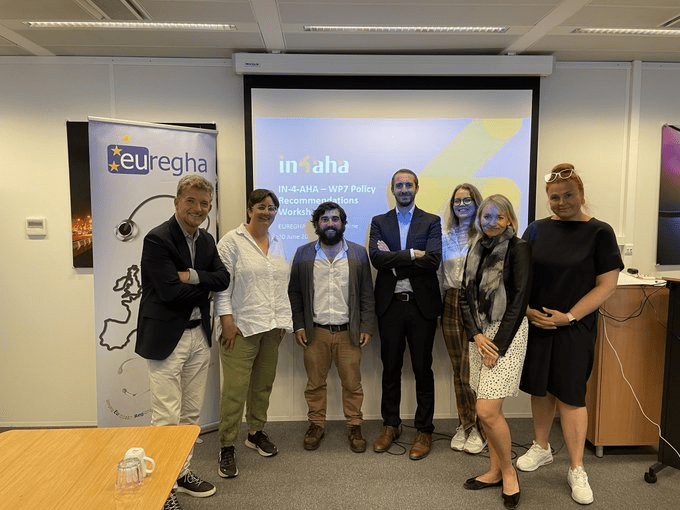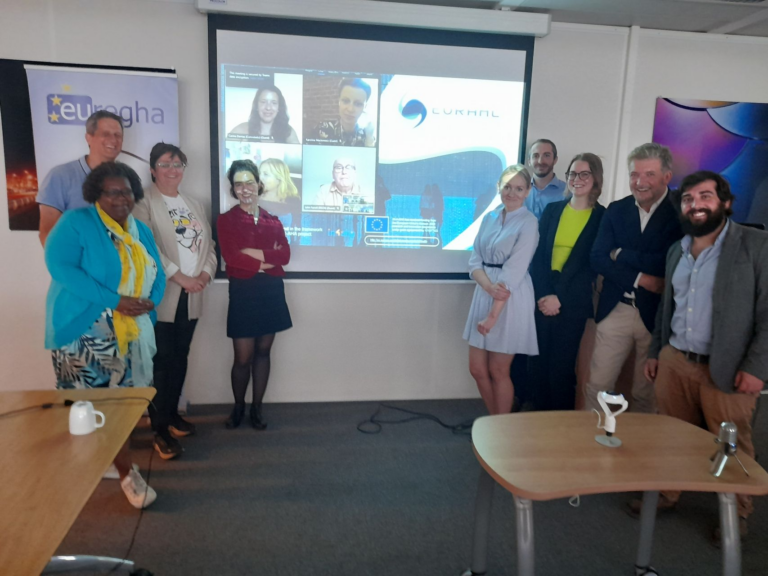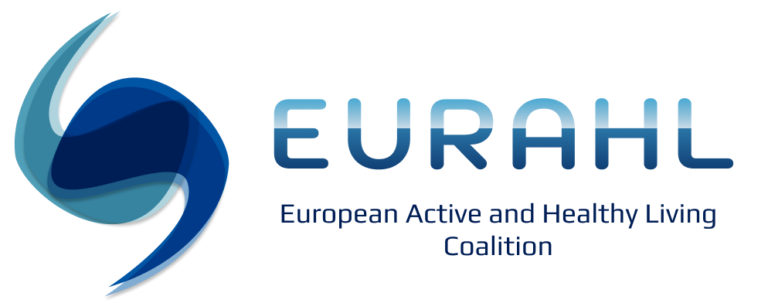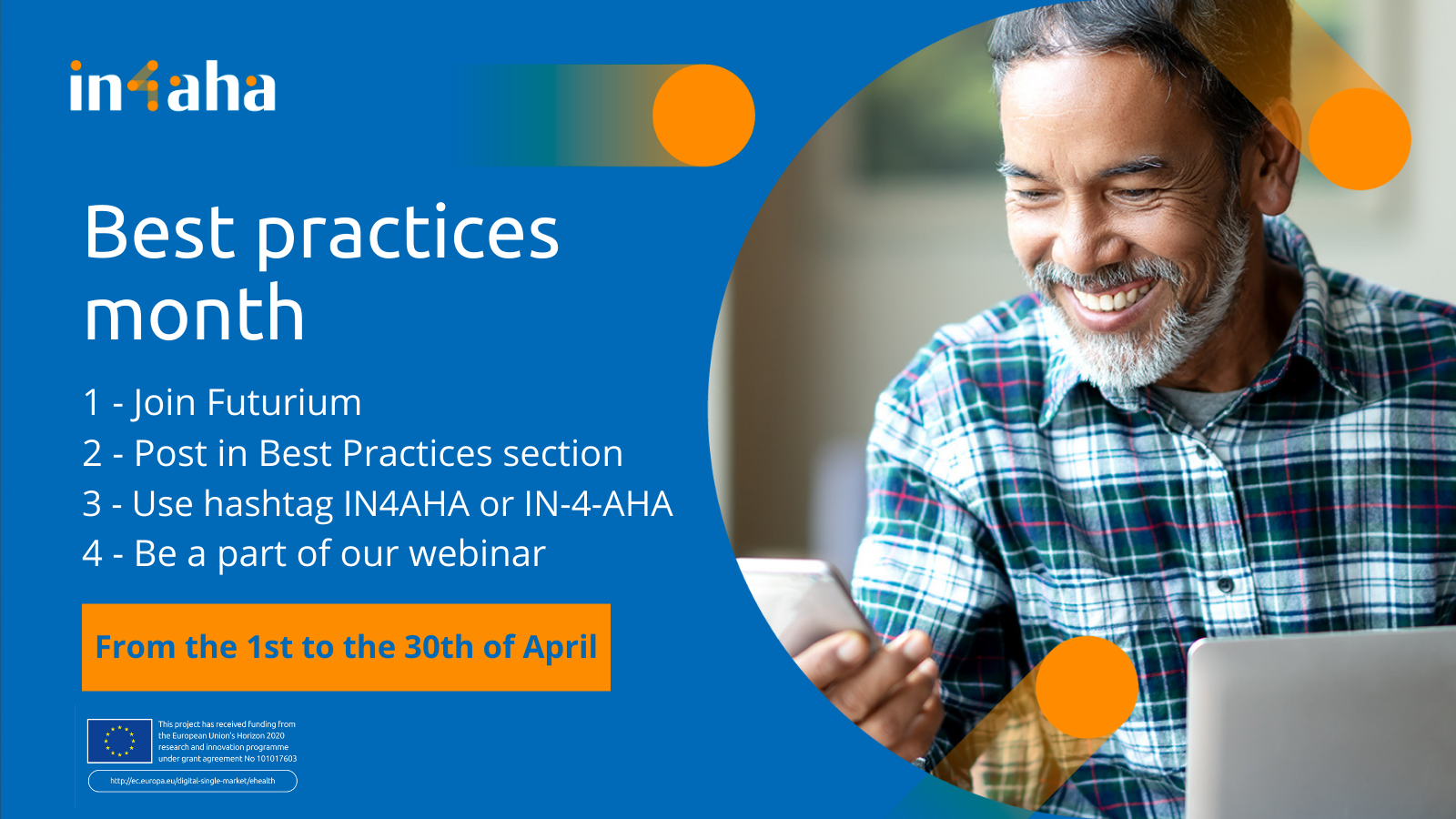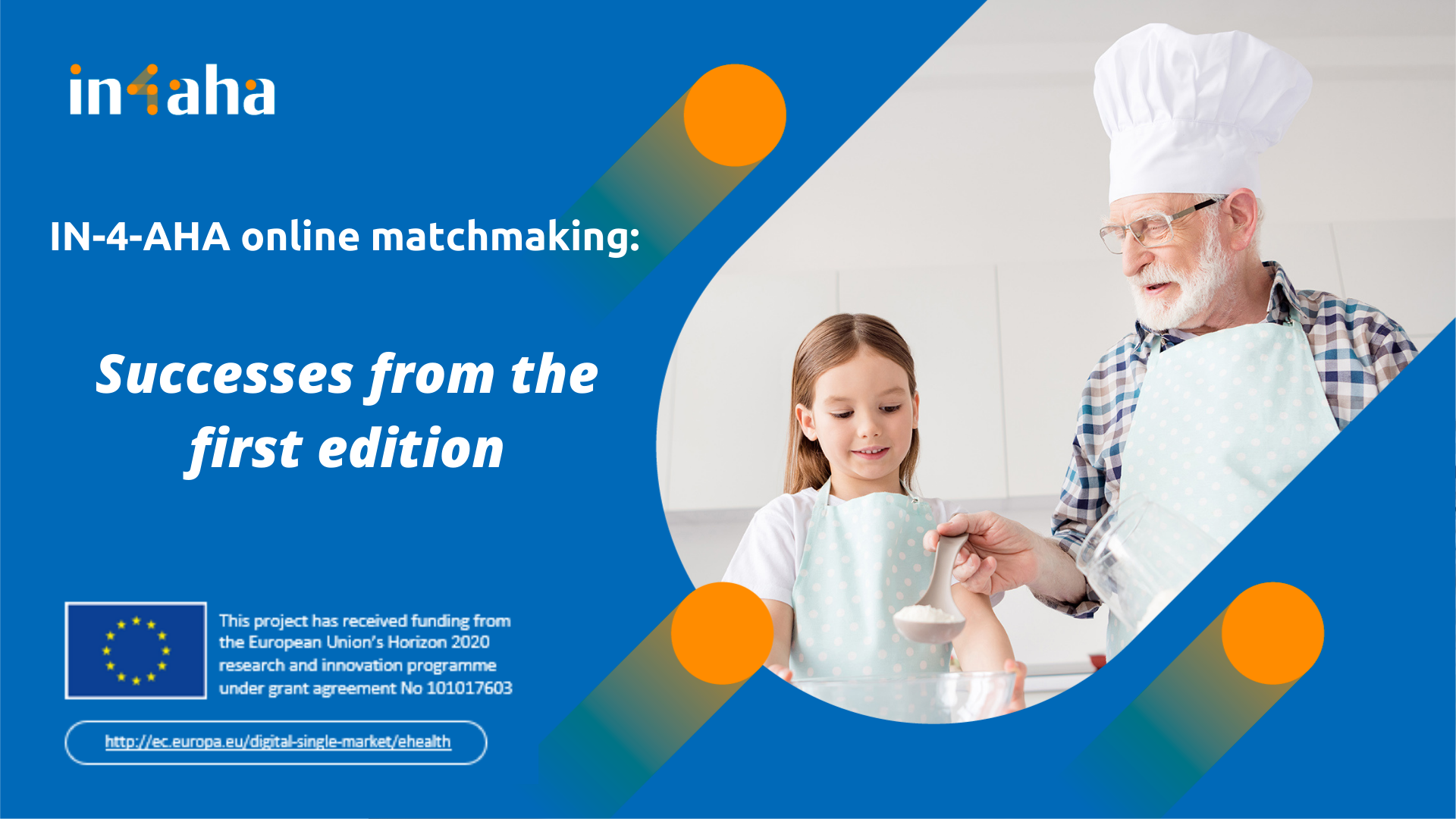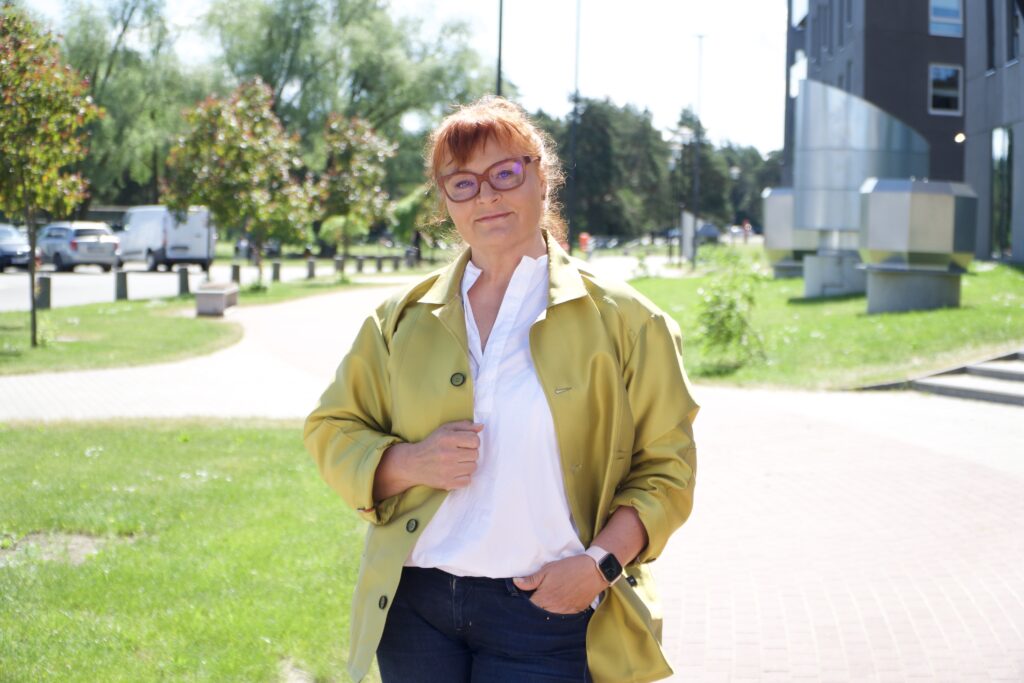
This article is
part of a series of editorials dedicated to discovering, at-a-glance, some of
the most recent project outputs of the IN-4-AHA project.
In this article,
we will focus on the IN-4-AHA participatory design process toolkit (D3.1), produced
as part of the activities of Work Package 3 – Co-designing AHA Innovation
Model.
To know more
about the toolkit, we spoke with Piret Hirv, Head of Health Technology Division
& Manager of Connected Health Cluster at Tehnopol Science and Business Park
of Estonia and Project leader of IN-4-AHA, asking her three key questions on
this project output.
What is the IN-4-AHA participatory design process toolkit?
The participatory design process toolkit is a IN-4-AHA product intended to ensure participatory approach in evaluation by developing a toolbox of instruments for designing, implementing, and evaluating innovative solutions together with stakeholders.
The toolkit will reflect participatory methods and techniques, identification of needs and objectives of all stakeholders, together with compilation of basic information.

Who is the IN-4-AHA Toolkit intended for?
The toolkit has potential application for several key stakeholders groups, in particular:
- – Academic researchers, which would be motivated to seek guidance on the potential solution impact and market launches
- – SME-s, which would be motivated to use the toolkit for supporting participatory design activities and scaling up services
- – Policy makers and health and local authorities, as they should use the toolkit as well, for instance to both help them understand why certain innovative solutions need to be implemented, and, in general, to further develop an innovation-oriented culture.
- – Investors, finally, would use the toolkit to be involved in the development of the solution from early stages and understand the potential impact early on by asking more tailored questions in different stages of development.
What is the added value of this deliverable?
The toolkit is ultimately aimed at encouraging end-user involvement, as well as high level endorsement and buy-in from decision-makers and key stakeholders, which were also identified as a key audience for the toolkit.
Do you want to check out the IN-4-AHA participatory design process toolkit? You can access it here or download the related deliverable document here. And do not miss the opportunity to visit our page to discover all other IN-4-AHA key outputs.
Want to know more about IN-4-AHA and its outcomes, register now for the Final Conference of the project, taking place in Tallinn (and online) on 7th December 2022! Seats are limited, check out the event agenda and register now!


